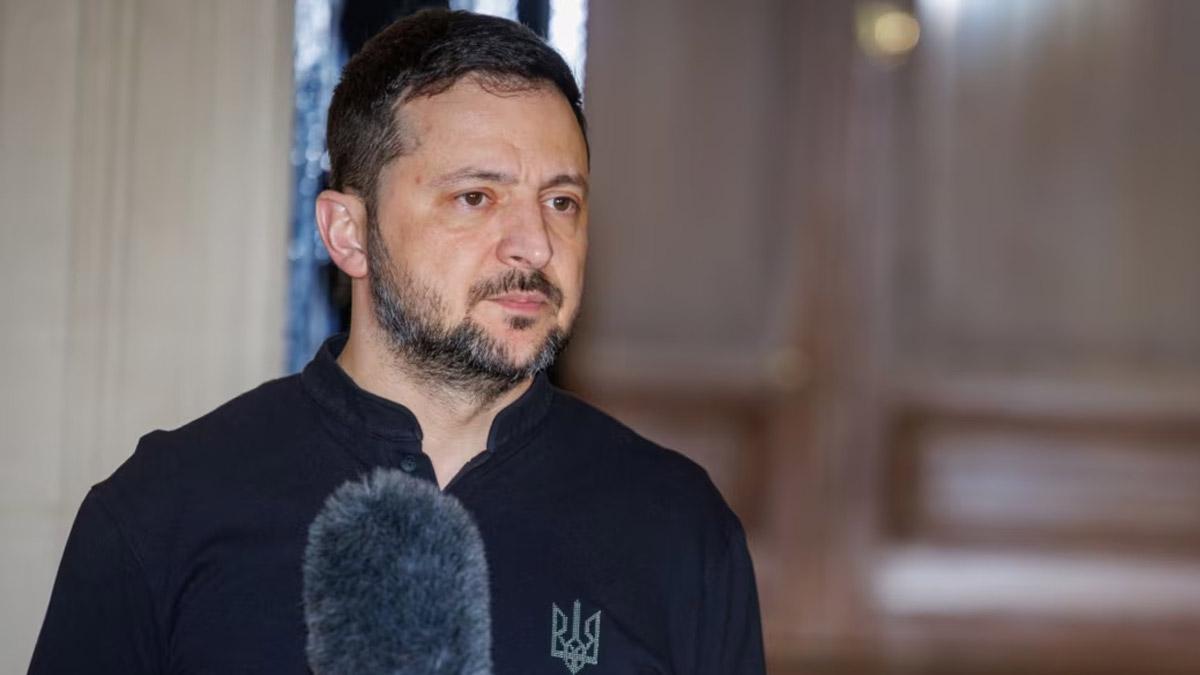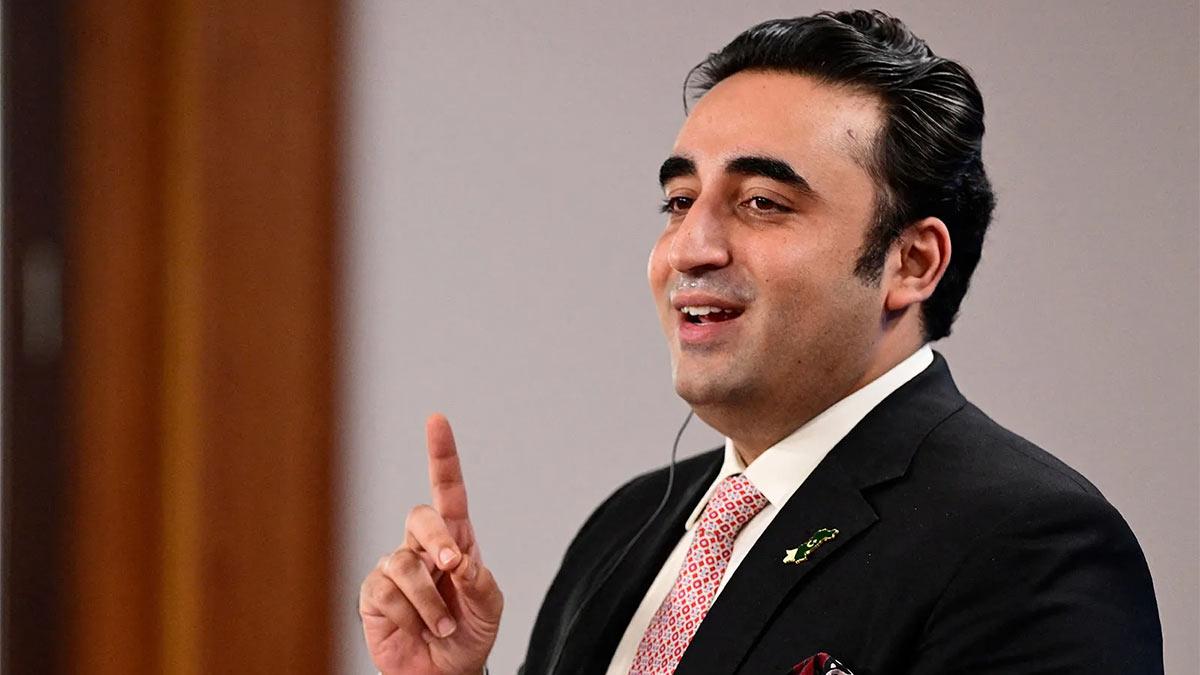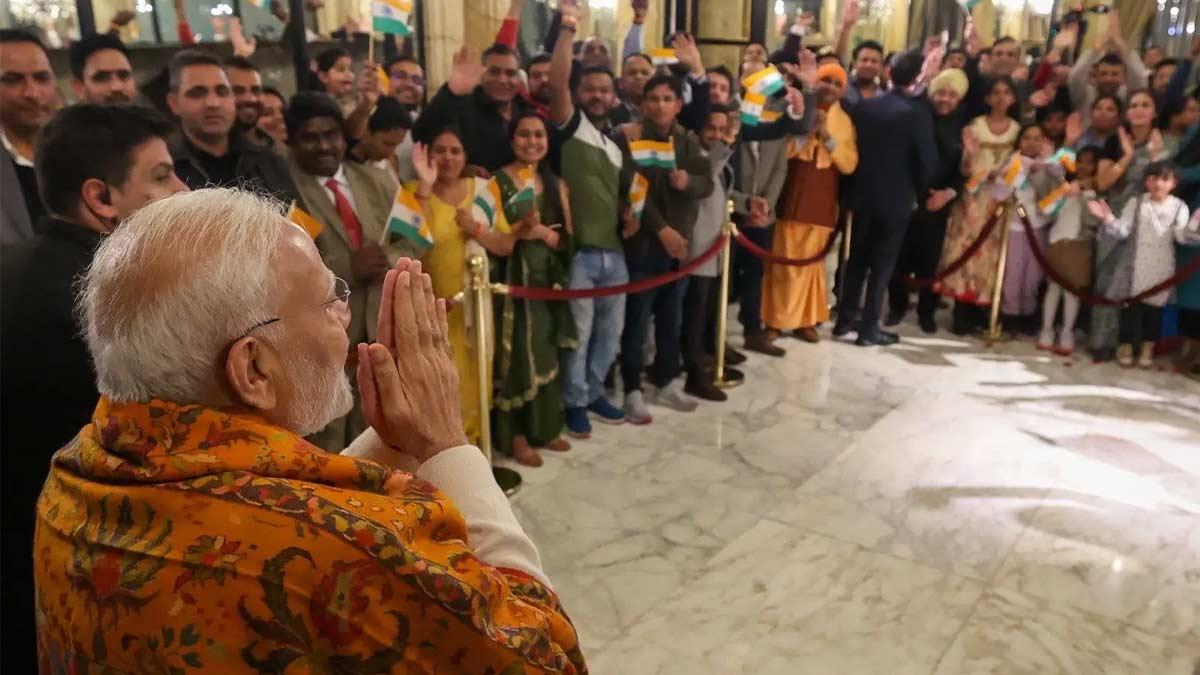Ukraine, which has been fighting Russia for the last four years, became the world's biggest importer of major arms between 2020-24. The nation saw a nearly hundredfold increase in arms imports over the 2015-19 period, as per figures from the Stockholm International Peace Research Institute (SIPRI).
India was the second-largest arms importer, though its imports decreased by 9.3% in the two periods. Even with the reduction, India was the biggest market for arms exports from Russia and France, though its Russian purchases dropped sharply.
China was removed from the list of the world's top 10 arms importers for the first time since 1990-94, marking the expansion of its own domestic defense industry.
Changing Trends in Indian Arms Imports
India imported 36% of its arms from Russia, as per the report, a declining percentage from the earlier years—55% for 2015-19 and 72% for 2010-14. This represents a gradual trend towards diversifying India's defence procurement policy.
Pakistan's Increased Reliance on China
Pakistan's imports of arms increased by 61% from 2015-19 to 2020-24, with China solidifying its position as the leading supplier to the country. Beijing supplied 81% of Pakistan's arms imports in the latest period, an increase from 74% in the earlier five-year period.
While this was happening, European arms imports rose by a whopping 155% as the continent increased its war readiness. The United States increased its control of the international arms exports, raising its share to 43%, while Russian arms exports fell by 64%, securing only 7.8% of the world market. France replaced Russia as the second-largest arms exporter, taking a 9.6% share.
Global Arms Trade Dynamics
Among the world’s largest arms importers in 2020-24, four were from the Asia-Oceania region—India, Pakistan, Japan, and Australia.
Russia sold significant arms to 33 states, with two-thirds of its sales focused on three countries: India (38%), China (17%), and Kazakhstan (11%). France sold arms to 65 states, with its exports to European countries nearly tripling from 2015-19 to 2020-24, led mainly by combat aircraft sales to Greece and Croatia and military equipment to Ukraine after Russia's invasion in 2022.
India was the biggest buyer of French arms, receiving 28% of France's total arms exports—almost twice the combined share going to all European purchasers (15%). Qatar was the second-largest purchaser, with a 9.7% share.
India has already won big defense deals with France, such as 36 Rafale fighter aircraft and six Scorpene-class submarines. More deals, including the purchase of 26 Rafale-M aircraft and three additional submarines, are on the cards to be inked soon.
Global Arms Transfers: Stability and Shifts
Although the total number of arms transfers globally was stable relative to 2015-19 and 2010-14, it was 18% greater than in 2005-09. Increasing arms imports in Europe and the Americas were balanced by decreases in other regions.
Italy moved up from 10th to 6th position on the world arms exporters list, with 4.8% of overall sales.
Arms Supply to Ukraine
Since the beginning of the war in 2022, at least 35 nations have delivered arms to Ukraine, with major further shipments underway. The nation accounted for 8.8% of the world's arms imports between 2020-24.
The largest contributors to Ukraine’s arms supply were the United States (45%), Germany (12%), and Poland (11%). Ukraine was the only European country among the top 10 global arms importers in 2020-24, though many other European nations also significantly boosted their defense imports.
Mathew George, Programme Director at SIPRI, said, "The most recent arms transfer data amply reflects the rearmament process across Europe owing to the perceived threat from Russia." Nevertheless, he added that even though countries like Saudi Arabia, India, and China continued to have security threats in their respective areas, they declined significantly in terms of arms imports.
Read also| Iran Rejects Nuclear Talks Amid Pressure and Intimidation
Read also| Rubio Suggests Possible Resumption of US Aid to Ukraine


















